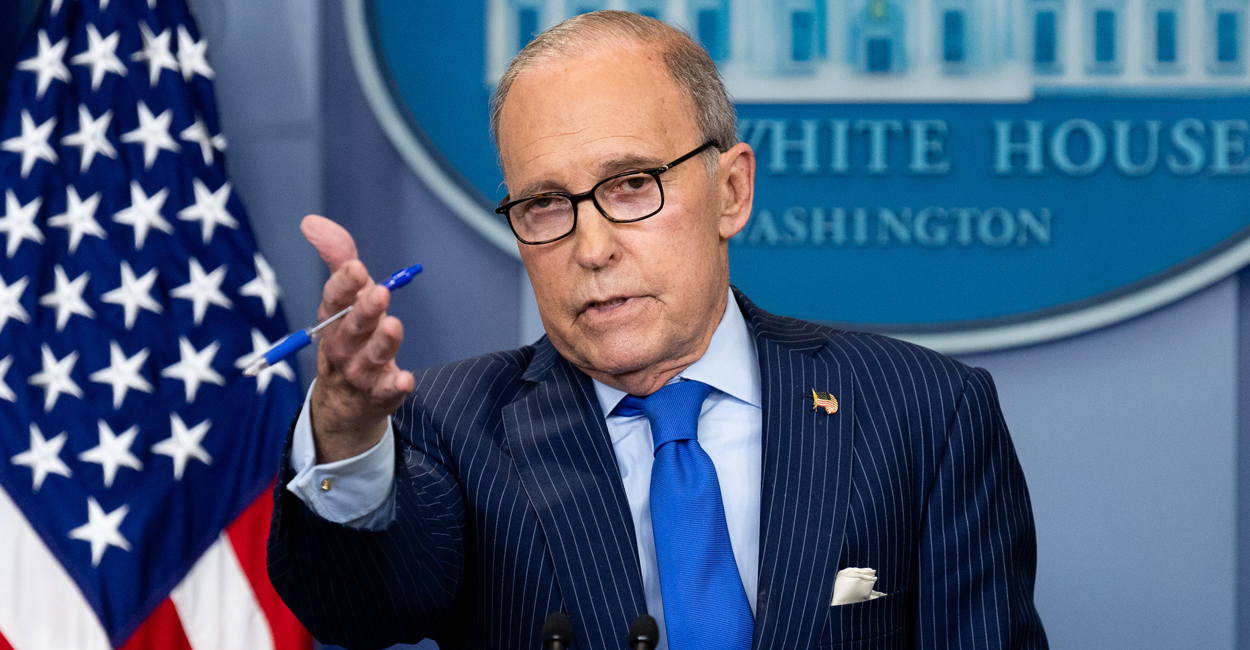By: Fred Lucas – dailysignal.com – June 6, 2018
Both Mexico and the European Union on Wednesday announced retaliatory tariffs on U.S. products as President Donald Trump prepares for potentially confrontational talks with allies at the Group of Seven summit.
The G-7 gathering will take place Friday and Saturday in Charlevoix, Quebec, Canada.
Trump has pushed 25 percent tariffs on imported steel and 10 percent tariffs on imported aluminum, and the White House adds that more could be in the works.
Trump supports free trade, but views tariffs as a tool to get the best deal for the country, Larry Kudlow, director of the White House’s National Economic Council, told reporters Wednesday.
The liberal Left continue to push their radical agenda against American values. The good news is there is a solution. Find out more >>
“Free world trade is a very good thing indeed, but it is broken, and President Trump is trying to fix it,” Kudlow said. “As I’ve said before, I think he is the strongest trade reformer in many decades.”
Kudlow said that Trump wants trade to be on a level playing field, and while other countries may have higher trade barriers, they are demonstrating they aren’t shy about adding more.
Here’s four key points to consider.
1. Trade War Commenced?
Mexico announced it would impose tariffs of between 15 percent and 25 percent on U.S. exports to its market, such as pork, apples, and potatoes, which would cost U.S. exporters a total of $3 billion.
Mexico is the second-largest market for U.S. exports. In 2017, it bought $277 billion worth of U.S. products. Canada is the largest trading partner for the United States.
The European Union also announced Wednesday it will begin imposing tariffs in July on steel and agriculture products, among other things, totaling $3.4 billion in costs to U.S. exporters.
The Trump administration, in clashing with allies, could be missing the big picture with China, said James Roberts, a research fellow on economic freedom and growth at The Heritage Foundation.
“The president showed leadership in the G-7 on other issues, such as the Paris climate treaty and the Iran nuclear deal. But on this issue, trade, he’s wrong, and they are right,” said Roberts, a former foreign service agent with the State Department who worked on international trade deals.
“If you want the West to unify the West against the threat of a rising communist China that has affirmed its commitment to communism and Marxism and is spreading its influence and isn’t playing by the rules, you don’t want a trade war,” Roberts told The Daily Signal.
However, Trump might well be looking at the long term, contends John A. Thaler, founder and portfolio manager at JAT Capital Partners L.P., an investment management business.
He said any trade war would be short, because the U.S. has such massive purchasing power.
“With Canada, Mexico, and Europe, we are trying to leverage what we can to get the best deal possible,” Thaler told The Daily Signal. “In the case of trade, our most valuable strategic asset is our consumer. We are the largest customer for practically every [other country’s exports] on the earth. … I wouldn’t expect a long-term trade war with Canada or Mexico, or Europe.”
2. Lowest Trade Barriers?
In defending current and possible future tariffs, Kudlow urged critics to look at other countries.
To see the remainder of this article, click read more.
Source: 4 Key Points in Tariffs Debate as Trump Heads to G-7 Summit
 Listen Online
Listen Online Watch Online
Watch Online Find a Station in Your Area
Find a Station in Your Area










 Listen Now
Listen Now Watch Online
Watch Online
